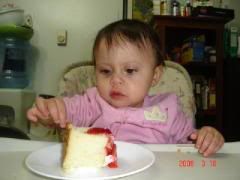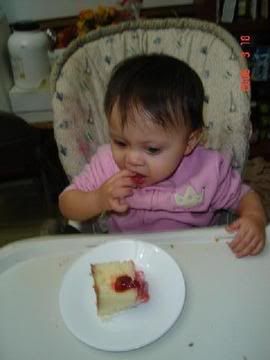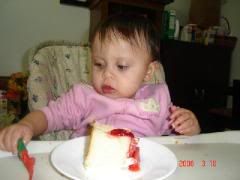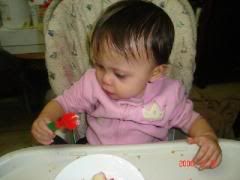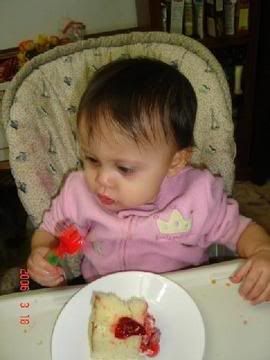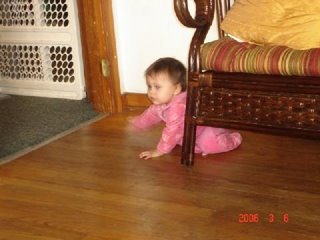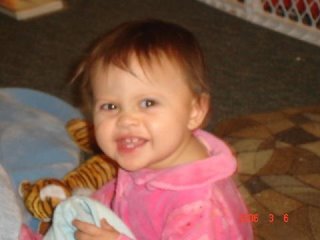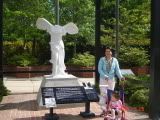Beth butterfly says b in words, b in words, b in words. She belongs to Mrs. B.
Carrie camel says c in words, c in words, c in words. She belongs to Mrs. C.
Darrielle donkey says d in words, d in words, d in words. She belongs to Mrs. D.
Emie elephant says e in words, e in words, e in words. She belongs to Mrs. E.
Frida frog says f in words, f in words, f in words. She belongs to Mrs. F.
Garry gorilla says g in words, g in words, g in words. He belongs to Mr. G.
Herbert hippo says h in words, h in words, h in words. He belongs to Mr. H.


Irma iguana says i in words, i in words, i in words. She belongs to Mrs. I.
Jamie jaguar says j in words, j in words, j in words. She belongs to Mrs. J.
Kyllenne kangaroo says k in words, k in words, k in words. She belongs to Mrs. K.
Lilie lion says l in words, l in words, l in words. She belongs to Mrs. L.
Marielle monkey says m in words, m in words, m in words. She belongs to Mrs. M.
Nellie newt says n in words, n in words, n in words. She belongs to Mrs. N.
Ollie ostrich says o in words, o in words, o in words She belongs to Mr. O.
Paula penguin says p in words, p in words, p in words She belongs to Mrs. P.
Quennie quail says q in words, q in words, q in words She belongs to Mrs. Q.
Rachelle rabbit says r in words, r in words, r in words She belongs to Mrs. R.
Sally snake says s in words, s in words, s in words She belongs to Mrs. S.
Tessie tiger says t in words, t in words, t in words She belongs to Mr. T.
Ugly duckling says u in words, u in words, u in words She belongs to Mrs. U.
Vina vulture says v in words, v in words, v in words She belongs to Mrs. V.
William walrus says w in words, w in words, w in words He belongs to Mr. W.
Freddie fox says x in words, x in words, x in words He belongs to Mr. X.
Yanny yak says y in words, y in words, y in words He belongs to Mr. Y.
Zeena zebra says z in words, z in words, z in words He belongs to Mrs. Z.
Note: It would be nice if accompanying pictures/ photos are presented with the children. Maybe next time I would be able to print photos, so I could make pictograms for each letter characters.
(Images courtesy of Google Images)













